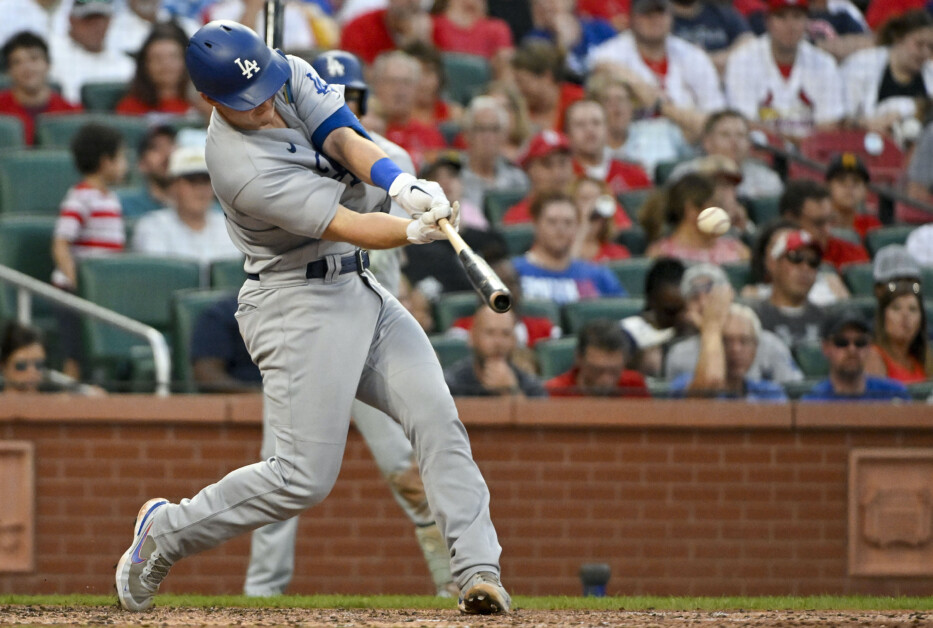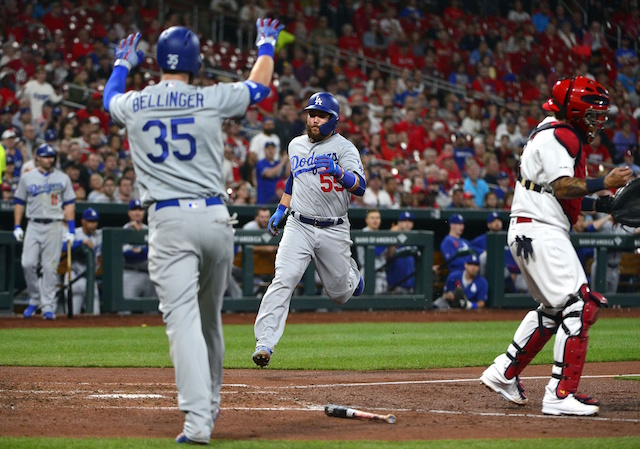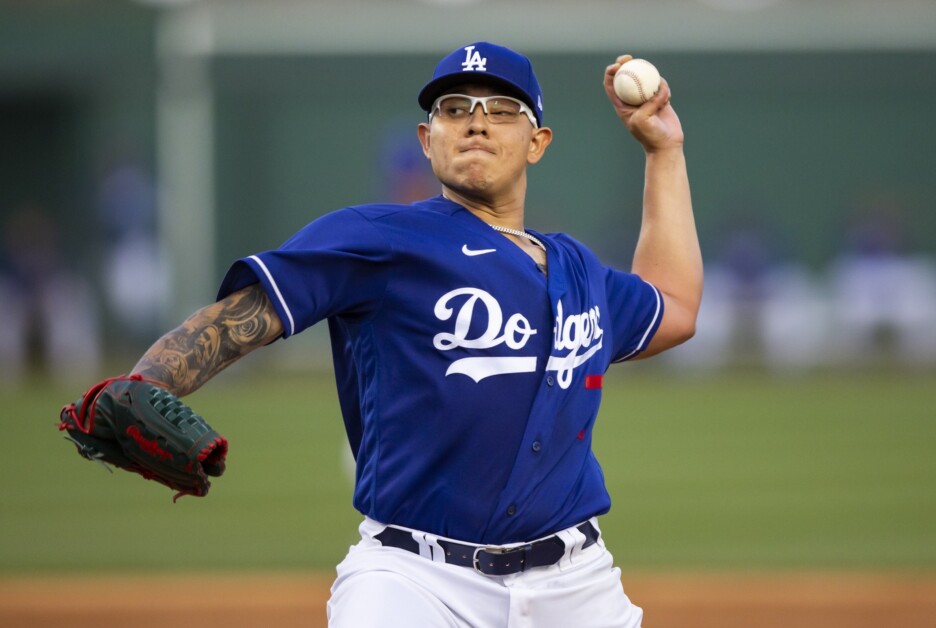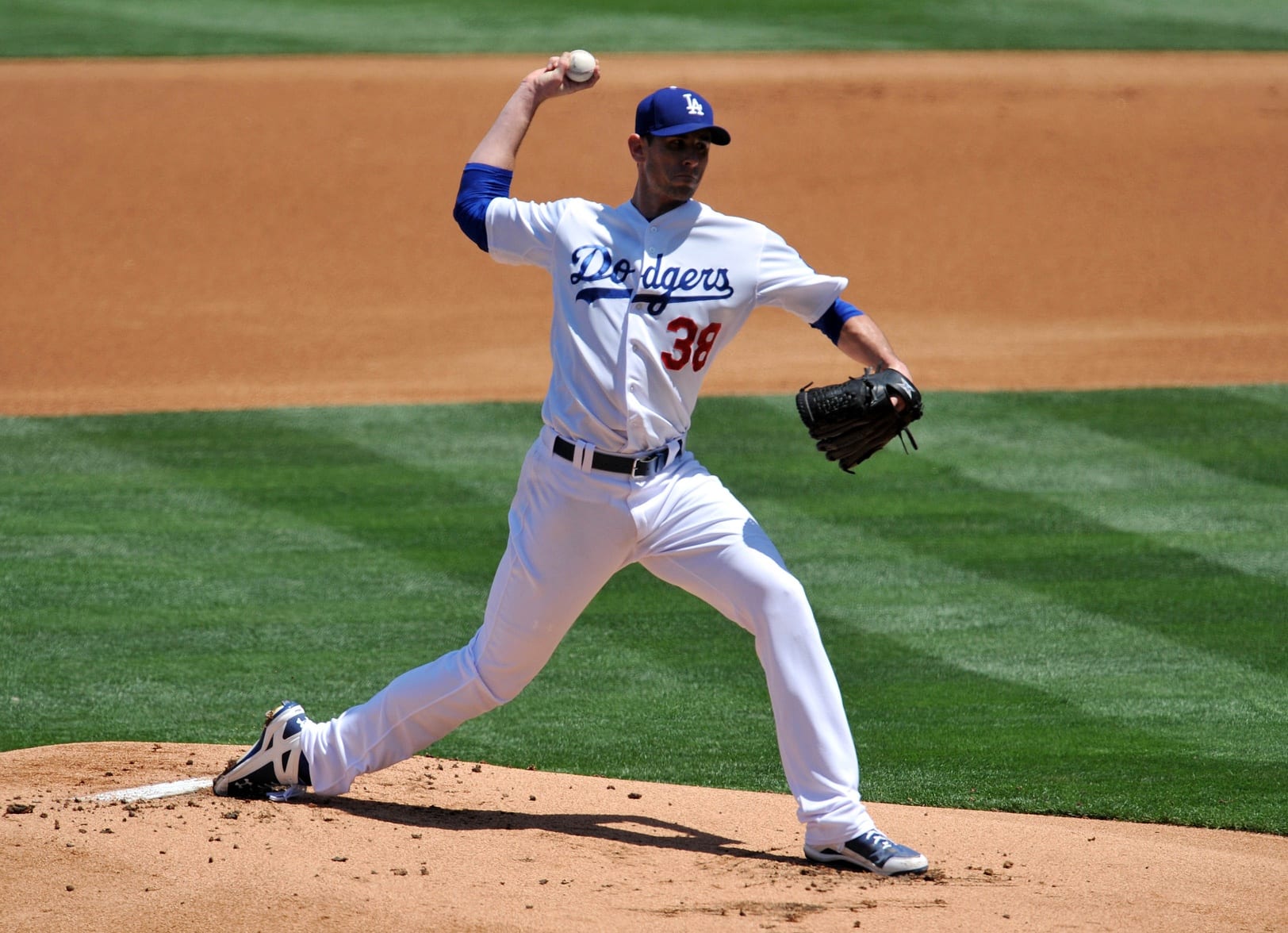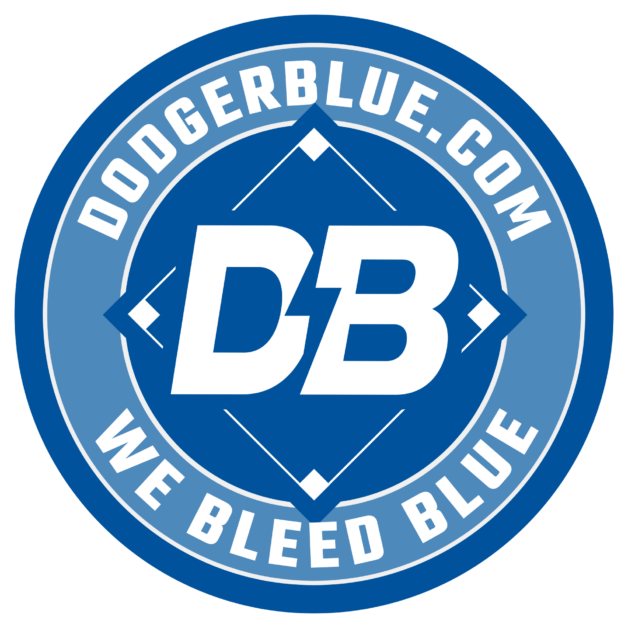Dr. Tommy John, son of 26-year MLB veteran and former Los Angeles Dodgers pitcher by the same name, spoke with DodgerBlue.com to discuss the dangerous of young baseball players undergoing the operation that was named after his father.
Among many topics, he revealed the inspiration behind writing his newly-released book, “Minimize Injury, Maximize Performance: A Sports Parent’s Survival Guide.”
“Having been in the business of performance and healing of human athletes for over 17 years I started to see a trend,” John explained.
“This same trend I witnessed while giving over 11,000 baseball lessons in half that time. … The degenerative, overuse and stress injuries I was helping people in their 40’s, 50’s and 60’s heal from I was seeing occur in my 10-12 year old clients.
“And these injuries were happening in all athletes in all sports. Fifty-seven percent of all Tommy John Surgeries occurring between 15-19 years of age. Concussions up 500 percent, ACL surgeries in 6-18 year olds up 60 percent in last 20 years. Forty percent of Dr. Andrews’ entire practice is on youth athlete. … Something needs to change and the current methods aren’t working.”
John believes it is beneficial for young athletes to play multiple sports, rather than just one, as the increased activity could help reduce the chances of needing Tommy John surgery.
“I prefer young athletes to think multi-sport (beyond the fact that every sport engages different muscles, which allows their body to recover from their primary sport thus decreasing incidence of injury) because they may find another sport they love even more, which will give them a better understanding in regard to how their body functions differently—and at a different level—depending on the sport,” he said.
“This is quite common to see amongst youth athletes who develop properly because their bodies have different maturation timing and rates so different sports may seem ideal one year and not the next.
“And the biggest, most obvious reason against specialization is that the best in the world at their sport do not compete in it year round so neither should kids,” John added. “Now playing multiple sports won’t solve the injury epidemics we are seeing because the cause is multi-faceted but it’s a great start.”
While many correlate Tommy John surgery to pitchers, the operation also extends to position players in some cases. That proved especially true when Dodgers shortstop Corey Seager underwent the operation earlier this season.
John believes it’s necessary to treat Seager’s timeline the same as a pitcher, and not assume he will return to game action in less time as it could be detrimental to his recovery.
“It is important to realize that every single person has an ‘injury fingerprint’ so to speak meaning, a specific set of circumstances that has led to this current state of function that is unique only to that particular athlete,” he explained.
“That’s what make timelines and protocols dangerous because everyone heals at different times, when their body is ready. My dad took 12 months and one day to competitively play again. Some guys may take 20 months and that’s quite normal.
“Some might say that because Corey is a position player he will and should come back faster because the volume of his throws won’t be as high so demand isn’t as great, or the cumulative damage wasn’t as much as that of a pitcher.
“Consider this, pitchers have the luxury of time on their hands. They can take time to wipe their brow, fix their hat, stop, start over at times, set their footing, speed up or slow down all in an effort that they should be able to repeat a skill 95/100 times into a 4×4 box with all pitches, off a mound, daily.
“But an infielder does not have this luxury. He has to make throws off balance, off one foot, in an array of mechanically disadvantageous positions, falling down, short armed, side armed with no spine tilt, poor grips, spinning through the air etc. His surgical recovery time should be looked at no differently than their most valuable arm on their pitching staff.”
While it’s difficult to compare Tommy John surgeries from the 1970s to present time, John believes there are different types of athletes today when compared to 40 years ago.
“Being that I’m not a surgeon I can’t speak to details regarding the surgery itself,” he conceded. “But from my 17-plus years experience in performance and healing and preventing surgeries I have noticed a trend over that time.
“I’ve worked with elite players in the NFL, NHL, MLB, NBA and top college level programs as well. One thing is certain and I’ve confirmed with other colleagues across the nation. There are less all around athletes playing these days and more specialists.”
That being said, John pointed out what recovery route is best for athletes that hope to avoid undergoing Tommy John surgery.
“In my opinion the safest most preferred alternative to surgery is getting the body in the best natural healing environment imaginable,” he explained.
“It starts by addressing how the athlete moves their body at all joints on all planes, what they nourish themselves with on a daily and nightly basis, improving quality sleep and regular naps, limiting technology abuse from screens, phones and gaming, emotional stress reduction techniques and a focus on relationship balance, and raising the environment stimulus one prepares in to exceed their game environment on a regular basis.
“Everyone is looking for the finger to put in the dam of Tommy John Surgeries: pitch counts, mechanics, PRP and stem cell therapy. The dam doesn’t have a leak, it’s overflowing over the top. A single finger won’t fix this issue, and definitely not at that level of development. We need to start young. We need to start now.”
As part of our efforts to help you understand how we handle the personal information you share with us, and in preparation for the new European General Data Protection Regulation (GDPR), we’ve updated our Privacy & Cookies Policy. The updated Privacy & Cookies Policy will take effect on May 22, 2018. By using our services on or after that date, you’ll be agreeing to our updated Privacy & Cookies Policy. We recommend that you read our updated Privacy & Cookies Policy in full.




